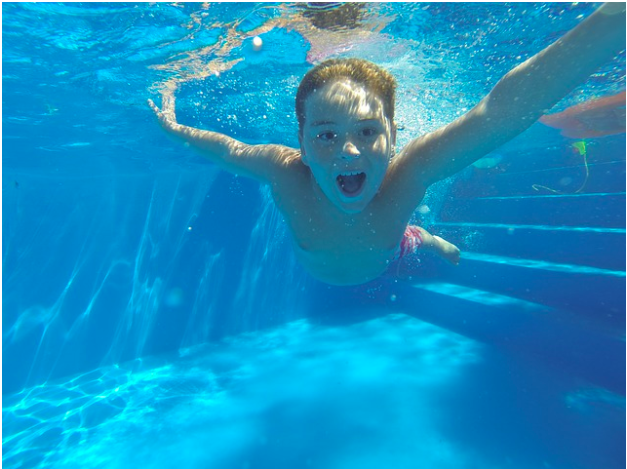
Thinking about installing a brand new swimming pool for your family to enjoy this summer? There’s a lot to know about swimming pools, including the very popular vinyl pools. A vinyl pool construction is a great option if you’re looking to install a pool quickly and cheaply. It can also survive various weather conditions without much maintenance, which is a great perk for Mississippi families.
As you entertain your options for swimming pools, here are five fun facts you should know about vinyl pools.
1. Custom liners allow you to get any size or shape pool you want.
Concrete swimming pools are often praised for their ability to be made in custom shapes and sizes, but vinyl pools aren’t far off. These pools are flexible in terms of shape, size and color.
However, be prepared to spend more money on a custom liner, if that’s what you choose.
Otherwise, you can go with an affordable pre-made vinyl liner that’s available in a standard shape and size. You still get great quality this way!
2. Vinyl pools are the least expensive pool type, at least initially.
Vinyl liner pools have the lowest initial cost compared to fiberglass and gunite pools. Per square foot, they give you the most swim room for the money. This is why we recommend these pools to our cost-conscious customers!
On average, vinyl lined swimming pools cost between $20,000 and $40,000. Obviously, this varies based on many factors, including the size, depth and added features of the pool. This is about $10,000 to $20,000 less than fiberglass and gunite.
3. You can get matching pool features for a fluid look.
Gunite pools aren’t the only ones that allow for customization. Vinyl pools allow you to choose from benches, steps and other design elements. You can even match them to your liner for a seamless look!
A few other decorative touches that are worth thinking about are:
- Custom pool lighting
- Water features
- Outdoor entertainment
- Tanning ledges
4. You can patch most leaks, as long as you catch them early.
Some people are worried about rips and tears, but proper maintenance will keep on top of these problems. If you find any leaks, you can repair them on your own using a patching glue. For larger tears, or anything else that is out of your scope, contact a pool professional to get things back to normal.
5. It’s possible to prevent algae growth with regular maintenance.
The smooth, non-porous surface of the liner does inhibit algae growth, but there are ways to prevent it from becoming a big problem. To prevent algae, keep up with your pool maintenance routine. If you need a helping hand, consider hiring a weekly pool maintenance company to help you out.
Second, be sure to use the proper balance of chemicals, as well as the proper pool equipment. This will protect your liner from fading or accidental tears. Lastly, you’ll want to wipe down your pool on occasion, as the waterlines (mixture of dirt and grime) can form an unattractive ring around your pool when it dries.
If you want to learn more about installing a vinyl liner swimming pool, contact Paradise Pools today!

 CALL US TODAY!
CALL US TODAY!




